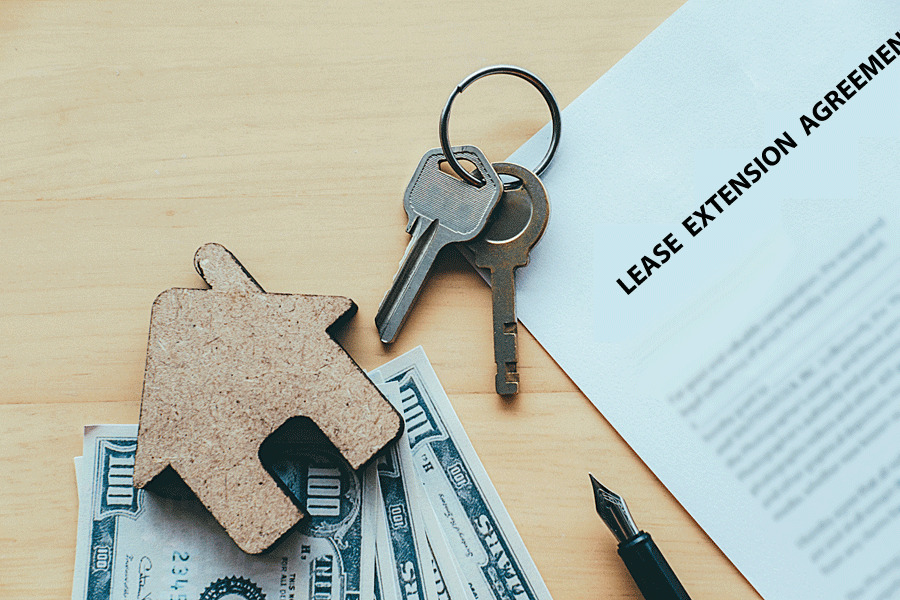Leasing property is a contractual transaction completed in writing between the landlord and the tenant through lease agreements.
While lease agreements are typically extended and taxing to complete, in some cases, a simple one-page rental agreement will suffice. They are easier and faster to complete, making them suitable for lease agreements for parties that want to complete the process urgently and without associated frustrations.
Even though this agreement is condensed, it outlines enough information to bind the tenant and landlord to the lease and offers legal protection. It must be signed by both parties, like other types of lease agreements.
A simple one-page rental agreement is a contract between a tenant and landlord designed to prioritize critical terms and contractual obligations.
The agreement is used for renting residential property.
Simple One-Page Rental Agreement Template
One-page rental agreements can be prepared using templates. The templates contain fillable sections of critical terms of a lease that users can complete to develop a usable, simple rental agreement. Templates are easy and fast to use. Landlords and tenants can obtain comprehensive templates from here and personalize them to fit their requirements. The templates are free to download and use.
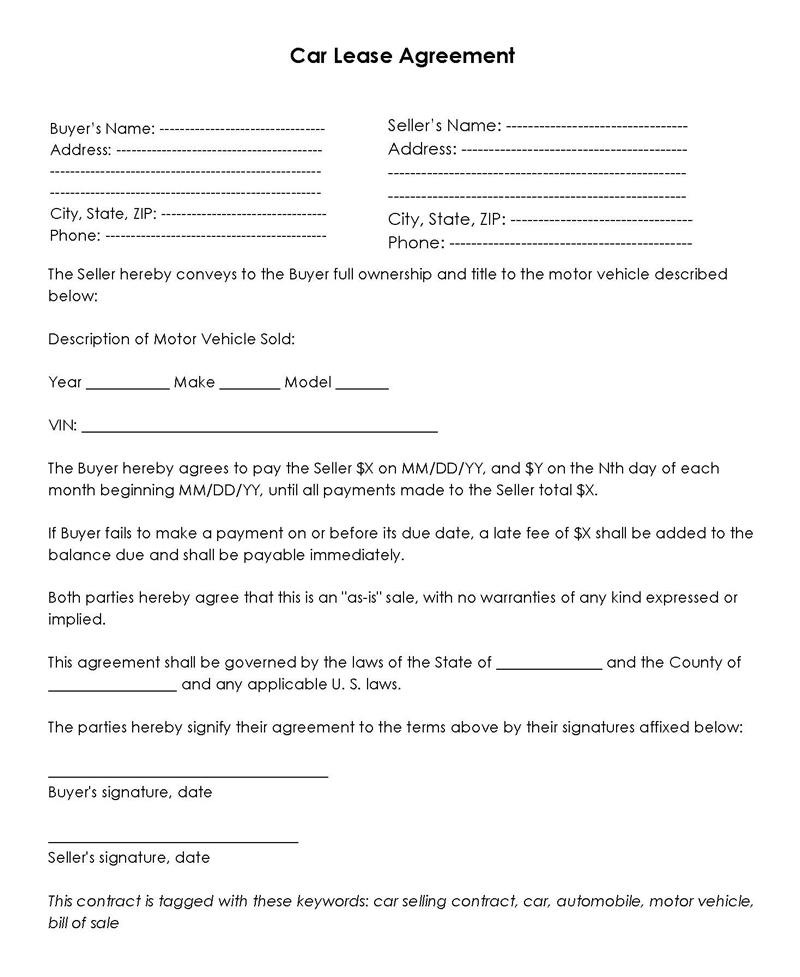
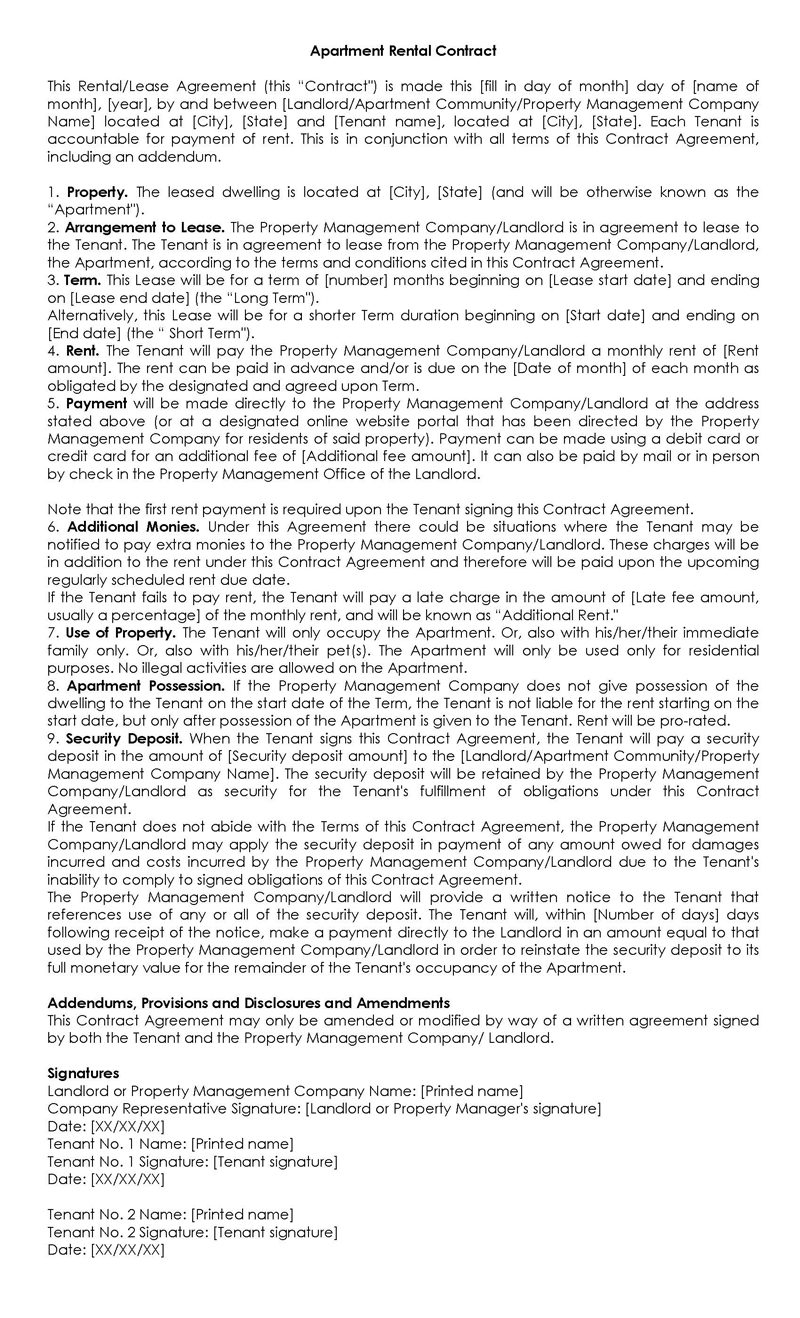
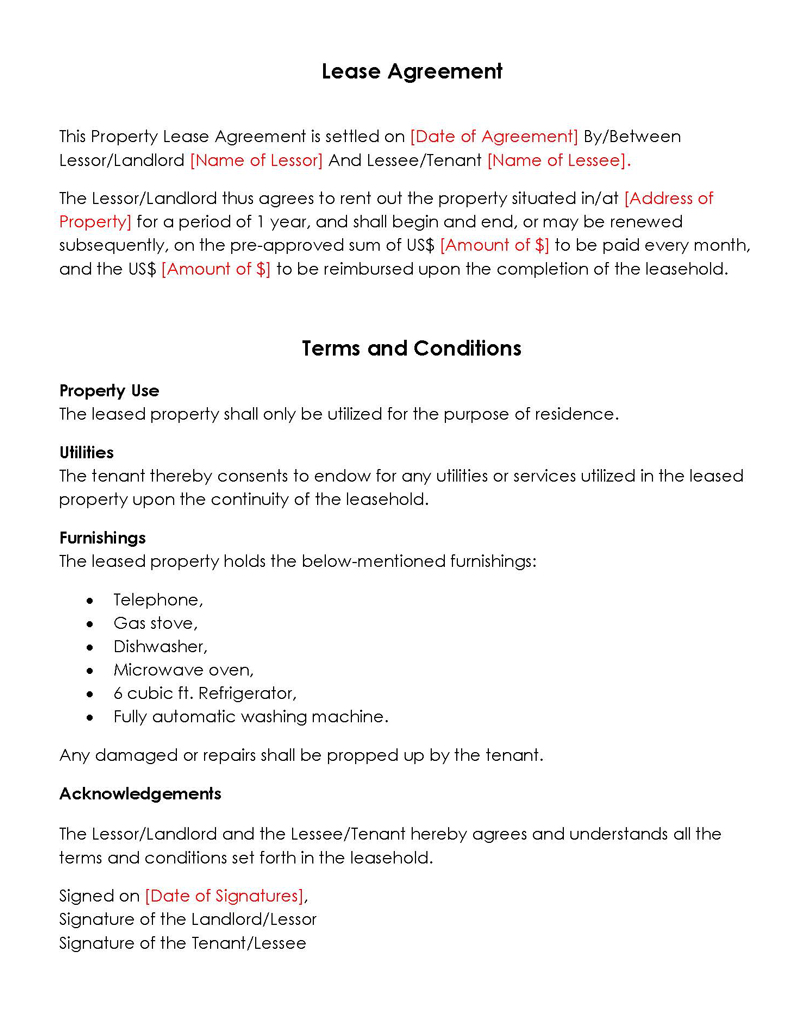
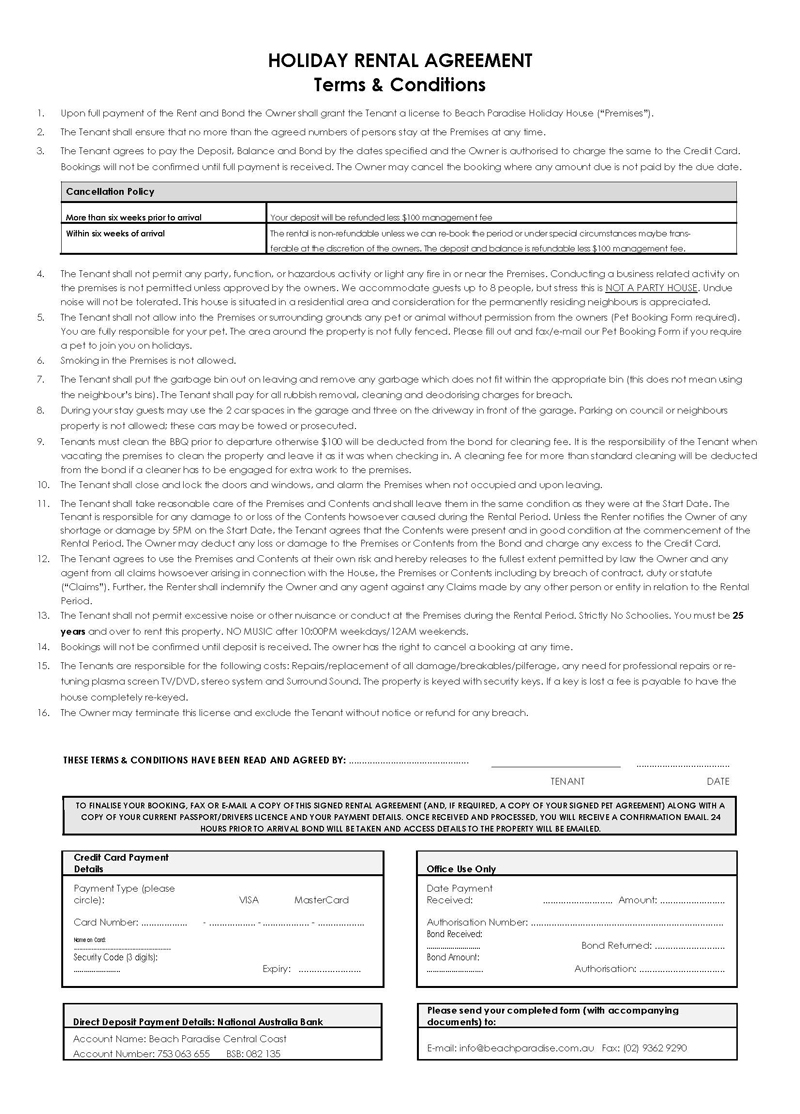
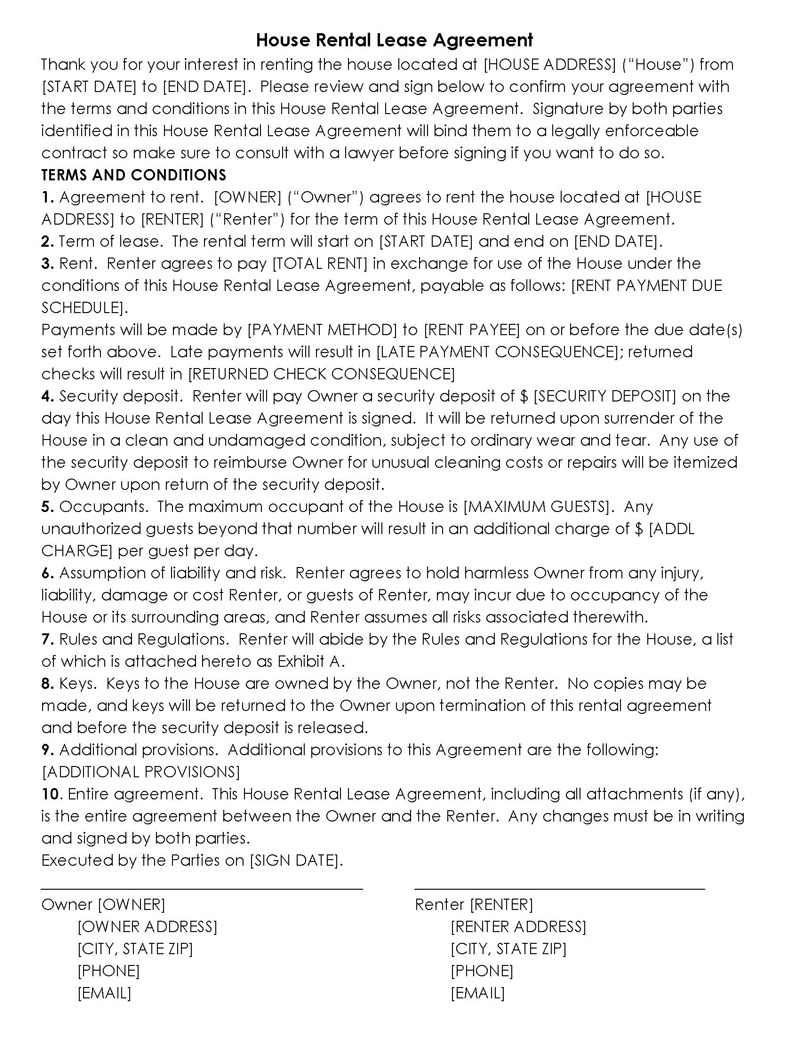
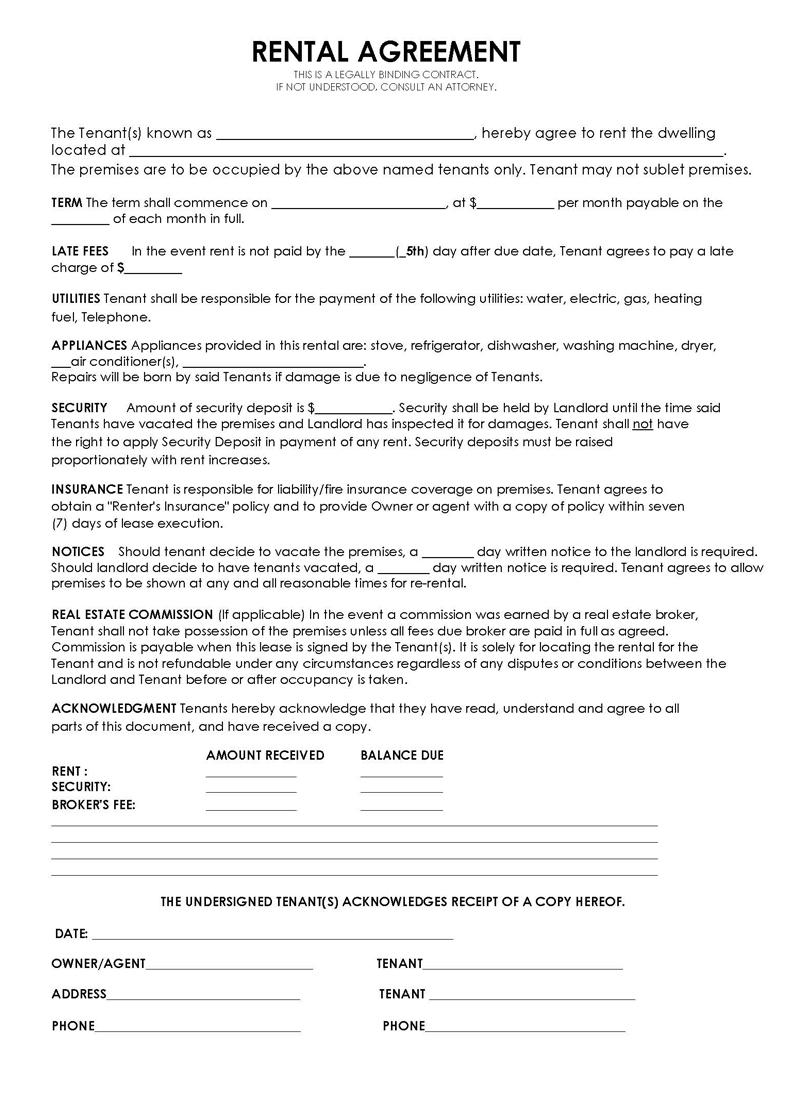
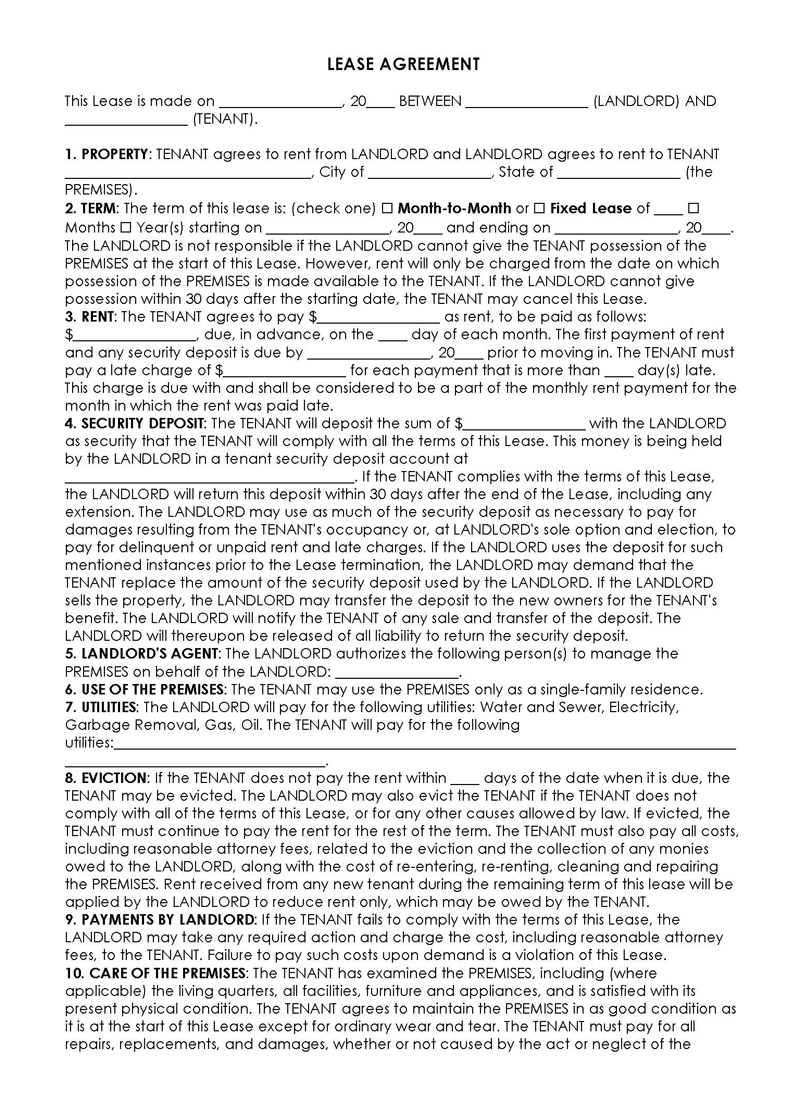
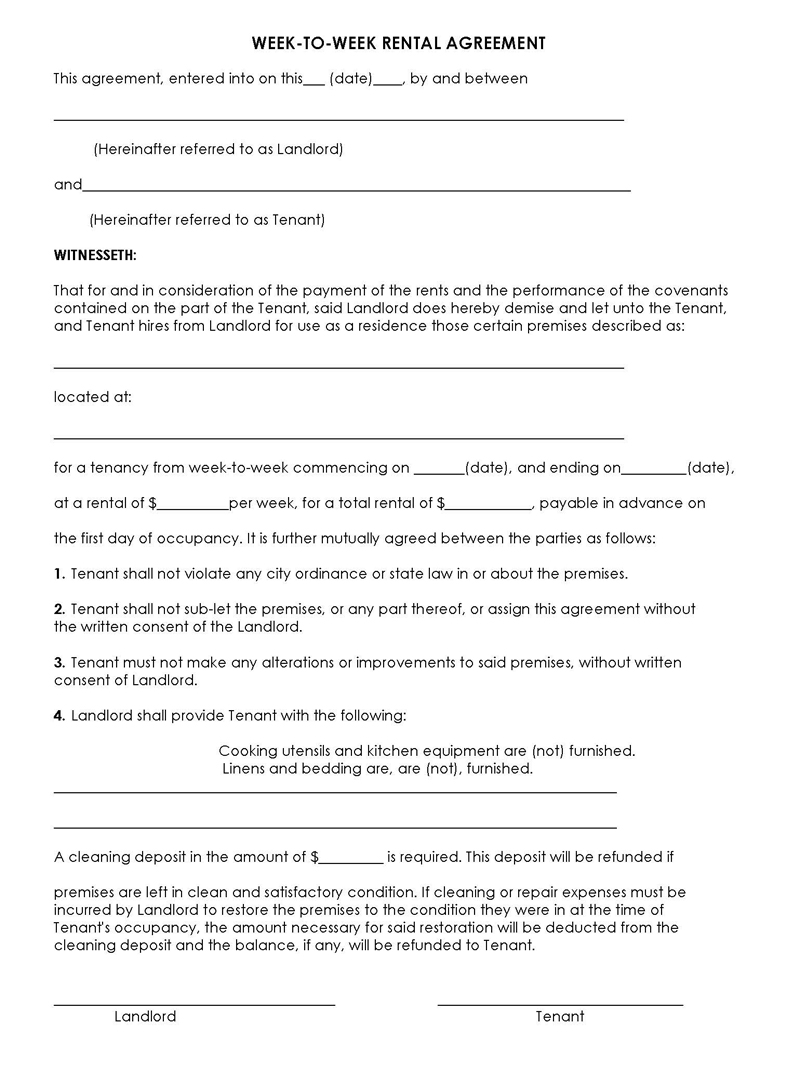
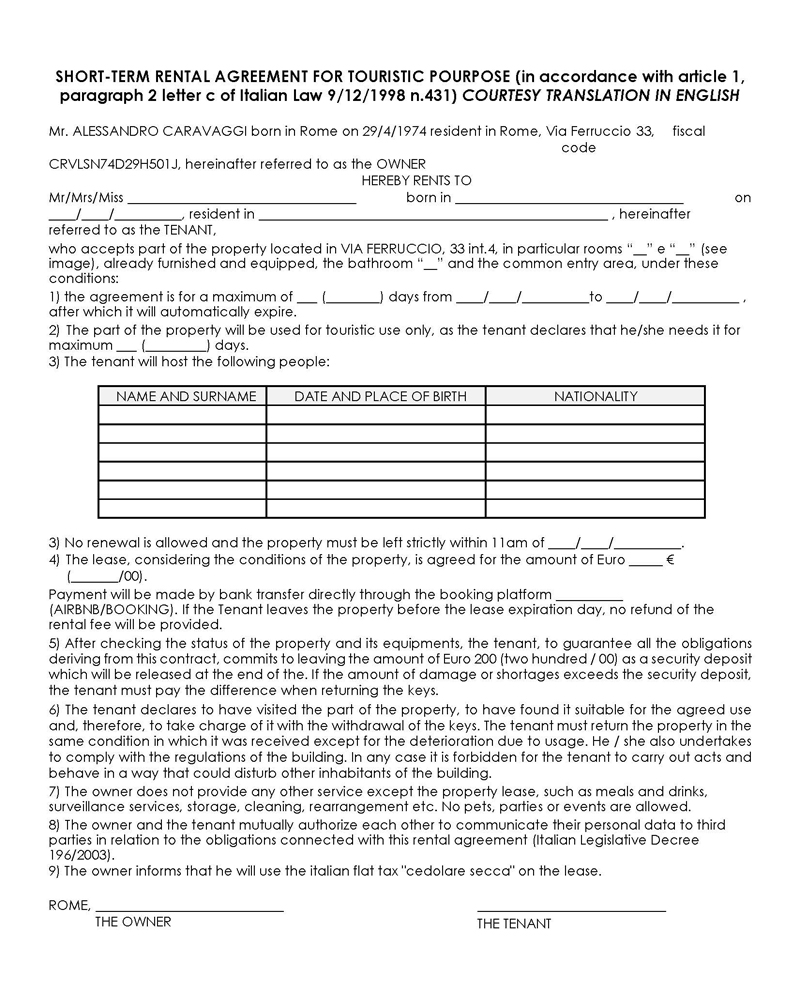
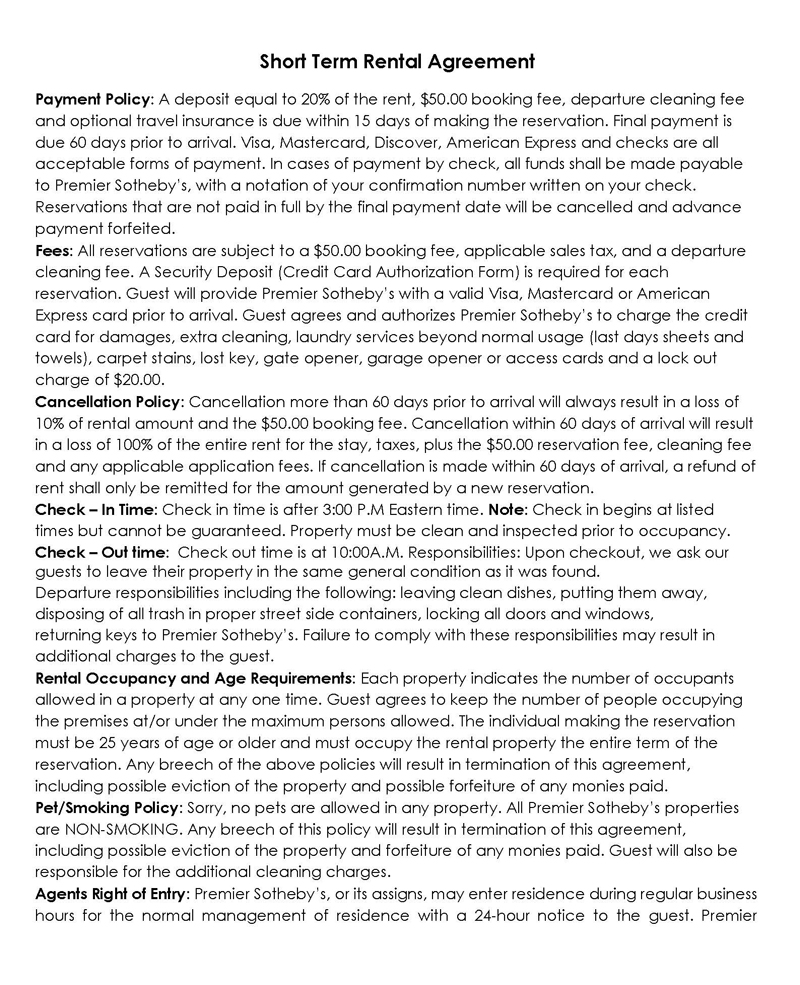
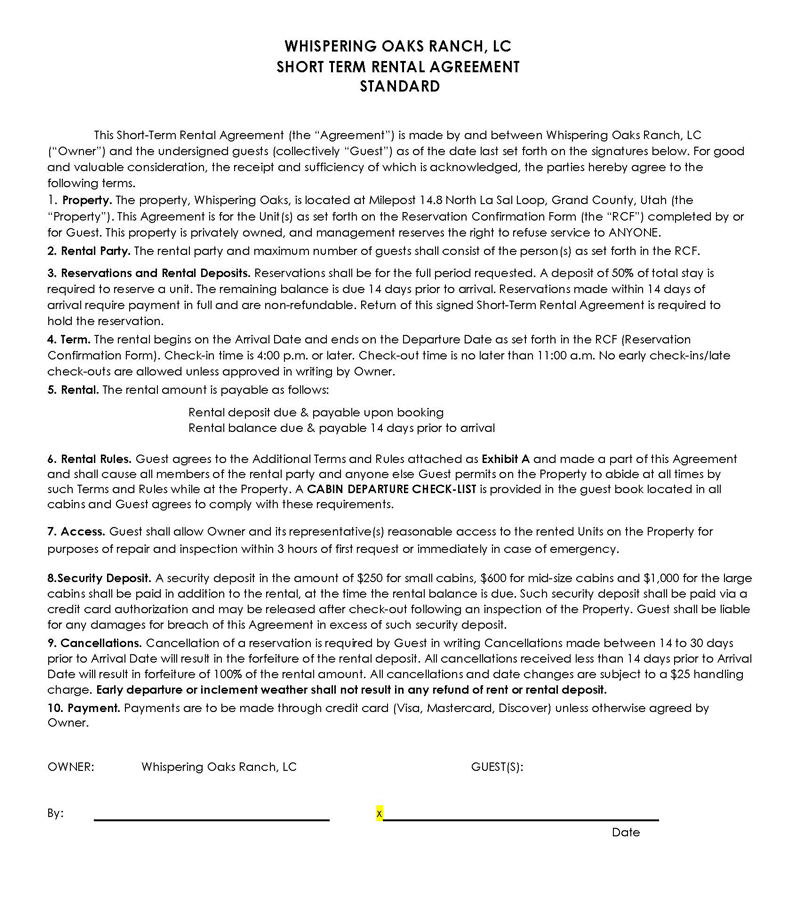
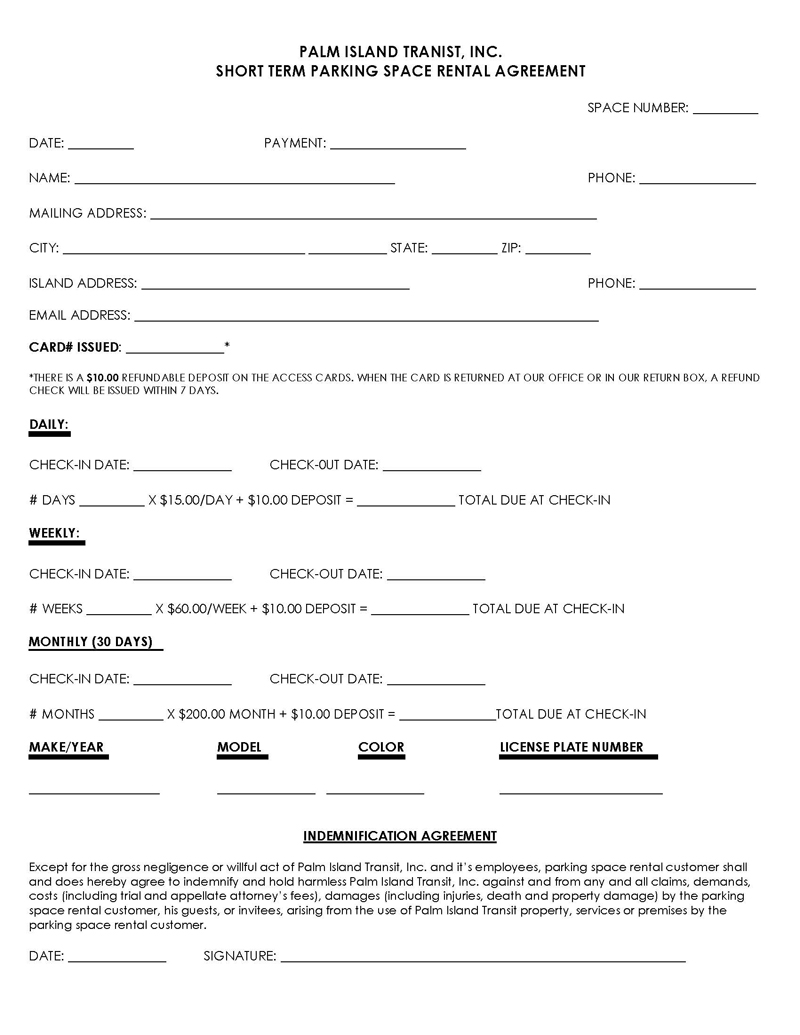
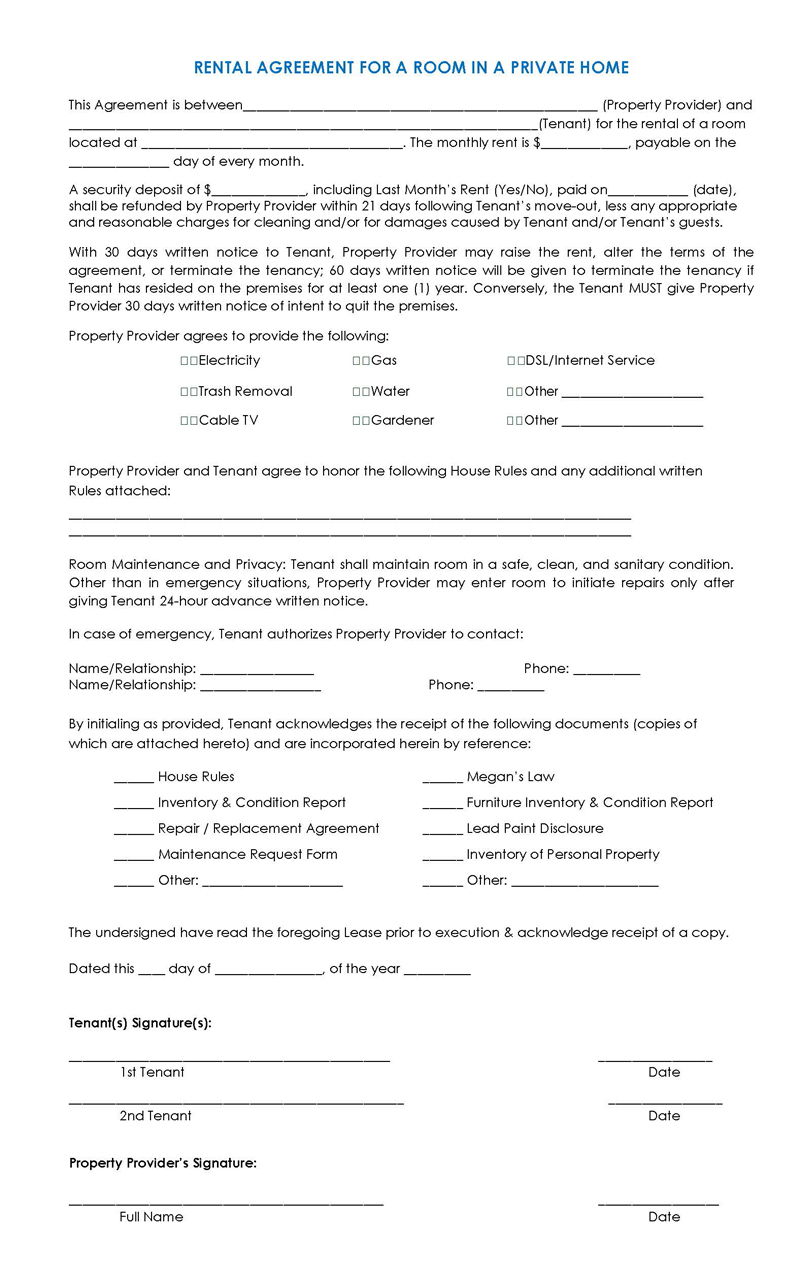
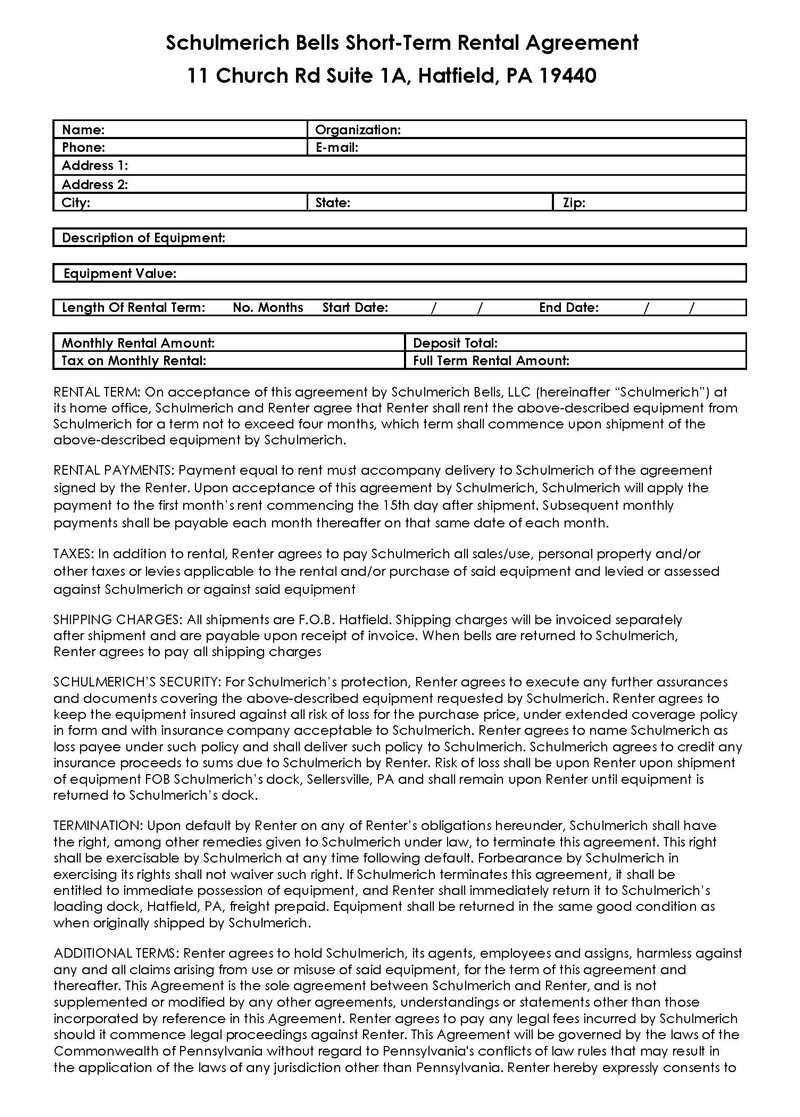
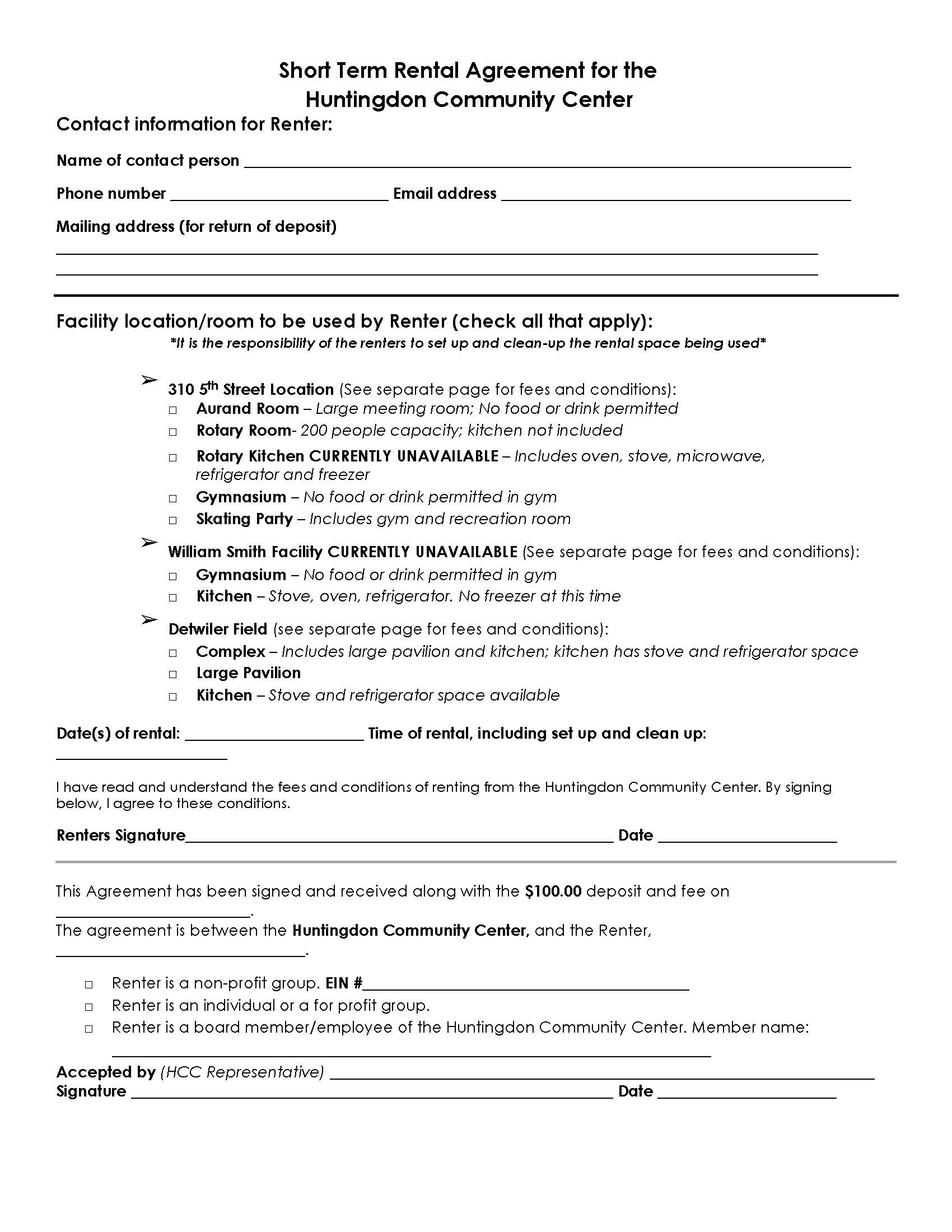
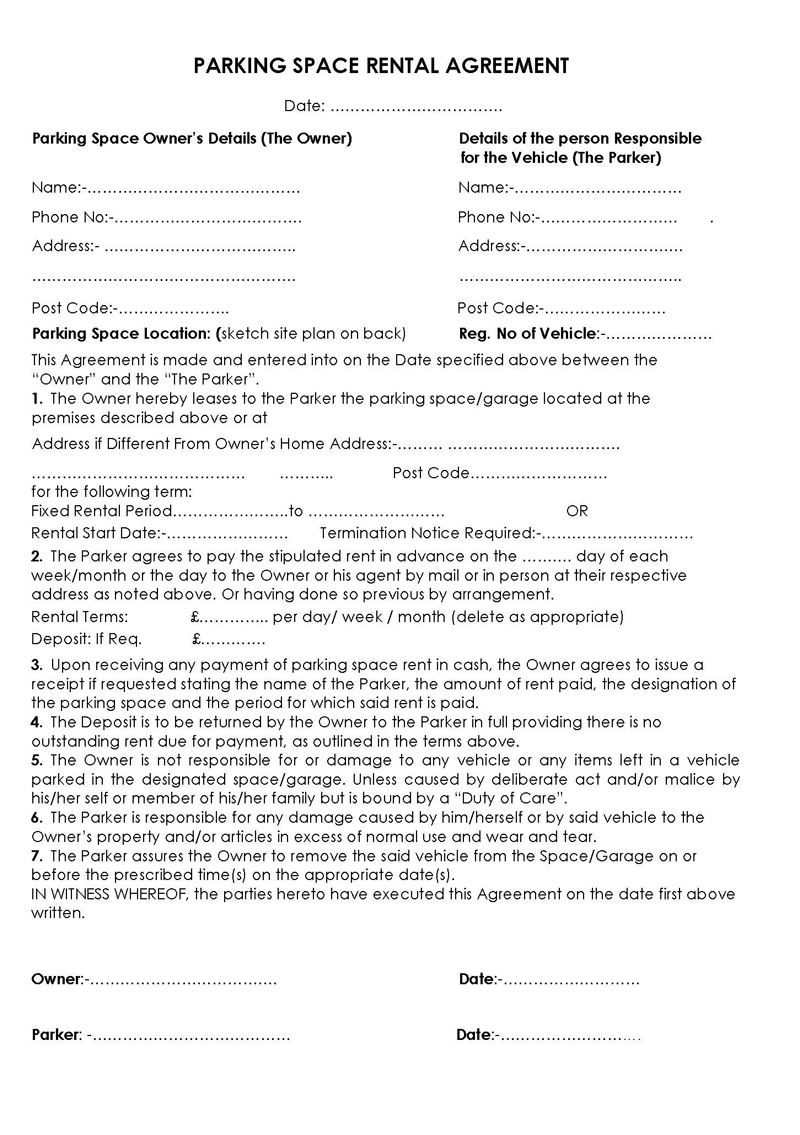
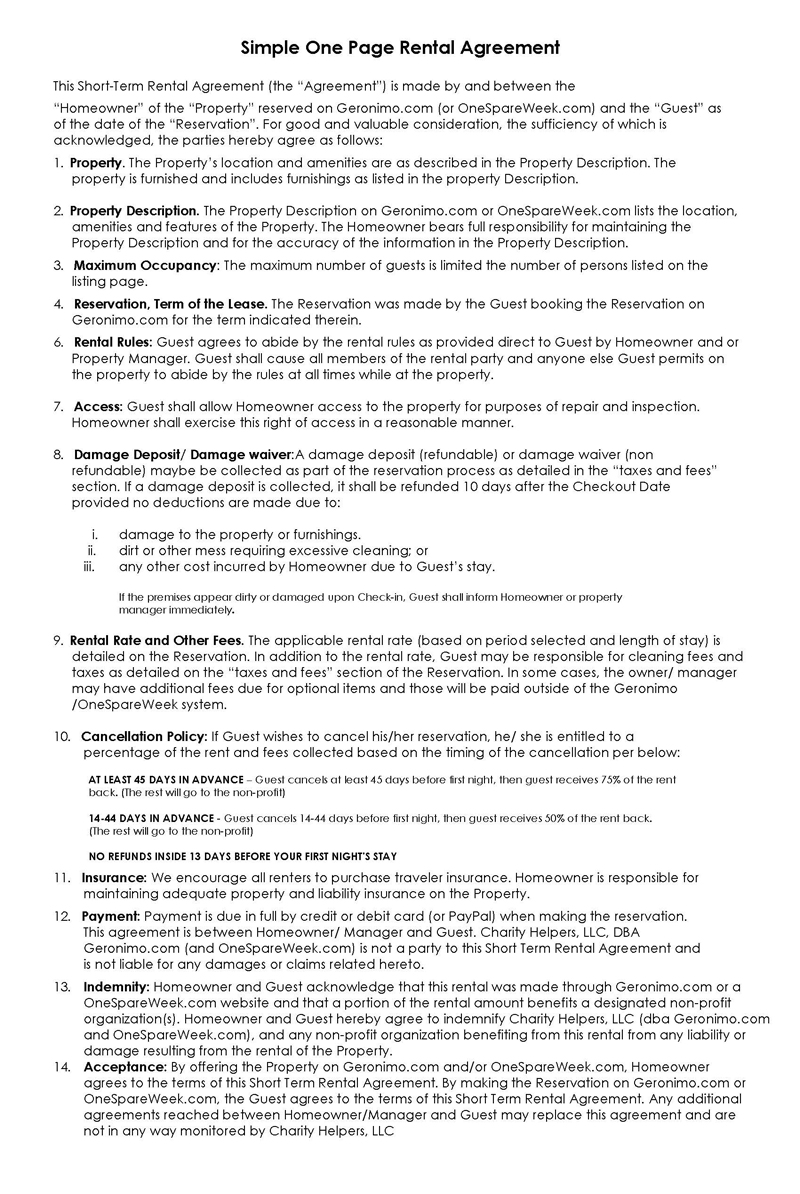
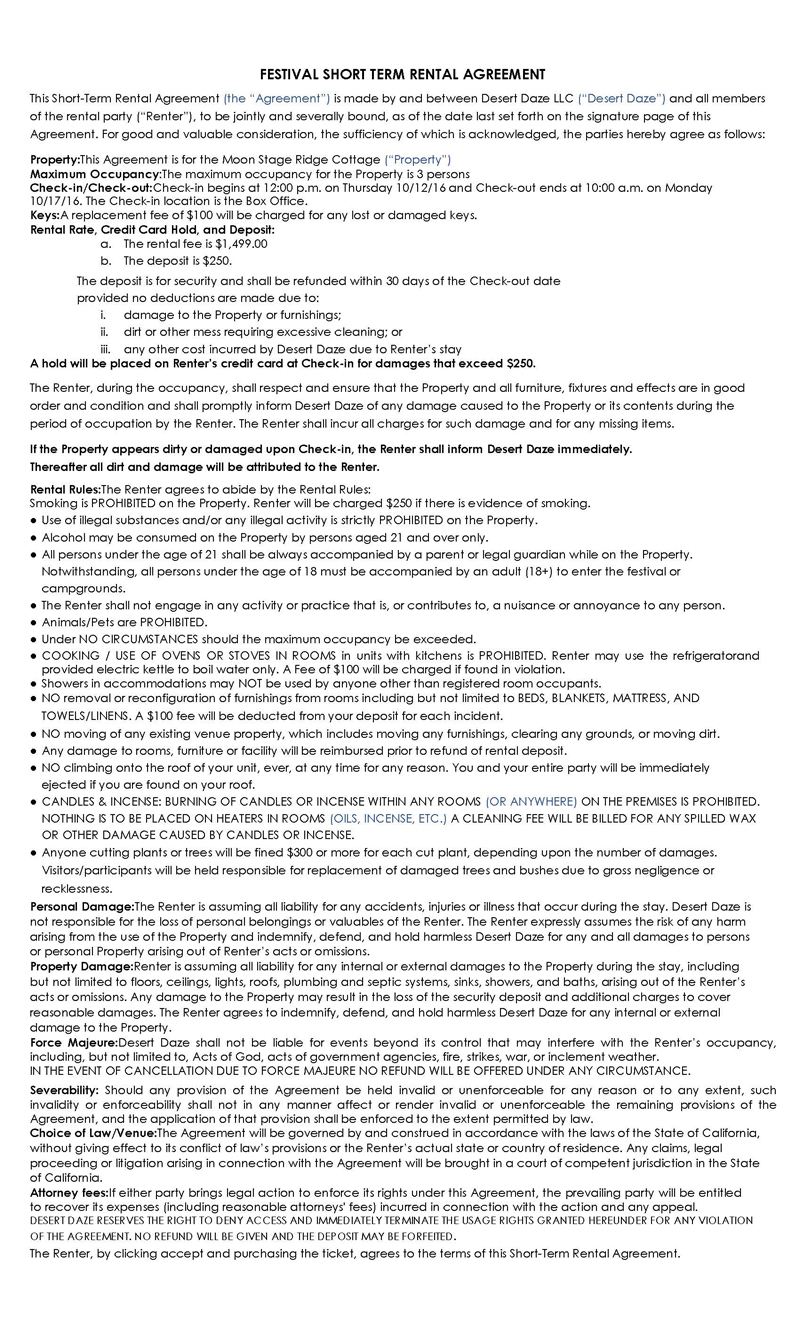
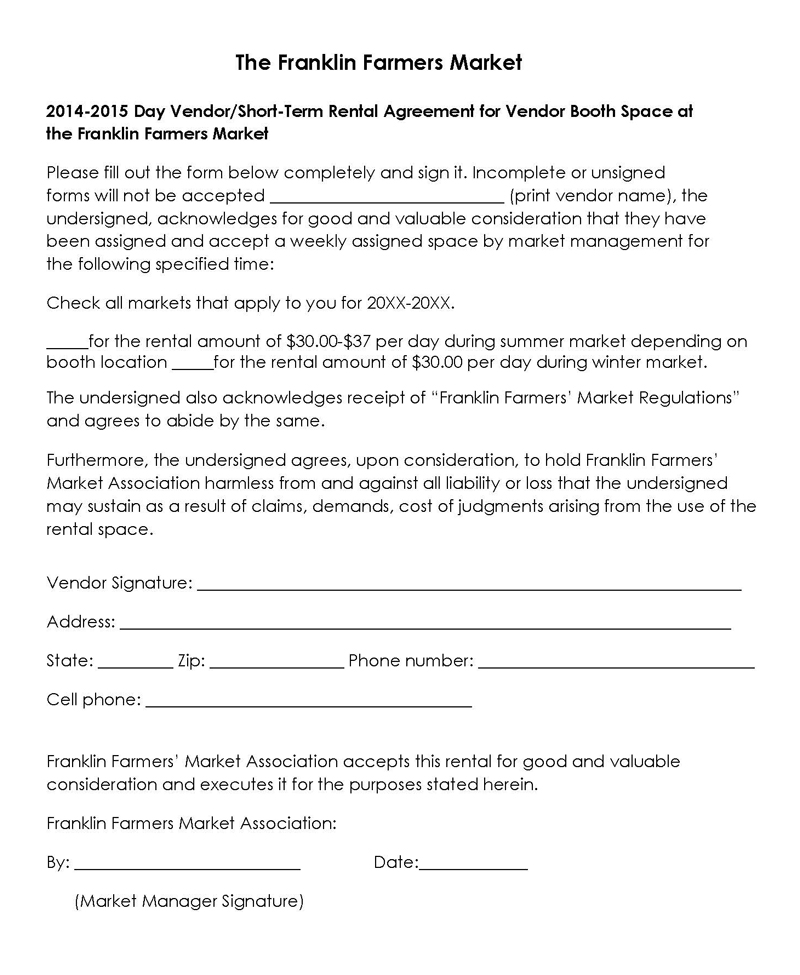
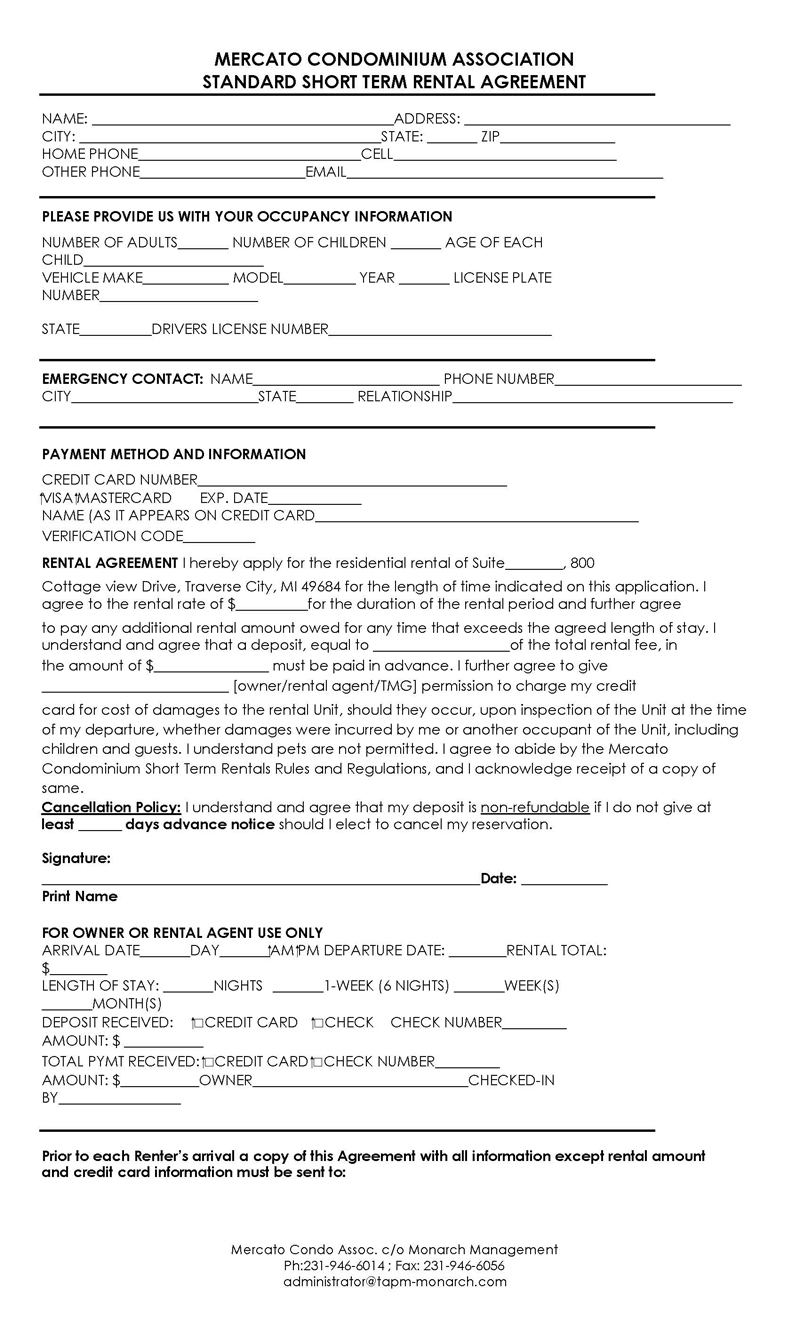
Importance of Lease Agreement
A lease agreement highlights the responsibilities of each party (landlord and tenant) and therefore helps prevent disputes during the lease term. It can also be designed to outline house rules for tenants.
In most cases, a lease agreement is a state-requirement document and is completed as a means of compliance. The document also offers legal protection to both parties by outlining their contractual obligations, which mutually exclude each other’s liabilities.
Standard Lease Vs. Simple Lease
Standard and simple lease agreements rent residential property such as apartments, rooms, penthouses, etc. However, a standard lease is more extensive than a simple lease.
A simple lease will cover the bare minimum items needed to make a lease agreement effective, while a standard lease will include every applicable aspect of the lease. Additional information typically found in a standard lease and not in a simple lease are lease clauses, pets, smoking, mild disclosure, lead-paint disclosure, and many more.
A simple lease is one page long, while a standard lease will require several pages to cover all the necessary information.
What Should be Included?
As earlier mentioned, items of a lease agreement are prioritized in a simple one-page rental agreement. These items ensure the simple lease agreement is feasible as an agreement between the two parties.
The following items should be described as follows:
Parties’ information
The agreement must identify the tenant and landlord bound by the document while at the same time providing their personal information. The parties are the property owner and the tenant(s)—individuals occupying and responsible for paying rent.
Rental property information
Descriptive information about the property being rented out is also provided in a simple lease. Rental property information can include a physical address, house number, lot number, or any other descriptive details of the property.
The amount of rent
The simple rental agreement also needs to state how much the tenant is obligated to pay to the landlord to occupy the premises. The amount of rent can be fixed or negotiated by the landlord.
Due dates
The due dates are essential for consistency in paying and receiving rent money. Specified dates also prevent disputes between the landlord and tenant.
Signatures of both parties
A simple one-page rental agreement must be signed to be binding. Therefore, at the bottom of the page, each party’s signature should be included, accompanied by the date of signing.
Writing a Simple One-Page Agreement
Writing a rental agreement is a straightforward process due to the limited amount of information included in the document. However, this article will guide you on how to write one to ensure all essential details are included:
Parties detail
The first segment of the rental agreement should cover details about the landlord and the tenant. This section clarifies who is getting into the agreement at hand.
This information can be presented as follows:
- Agreement date: The document ought to start with the effective date. The effective date will be the date when both parties agree.
- Landlord’s identity: The landlord should then be identified. Information that should be provided includes legal name and contact information, such as mailing address and phone number. The landlord can, in some cases, be referred to as the lessor.
- Tenant’s identity: The names of all the tenants responsible for covering rent should then be identified. In addition, the tenant’s name, address, and contact information should be indicated. The tenant is referred to as a lessee in some cases.
Address of rental property
Next, the agreements should indicate where the rented property is located and the type of property. Finally, the property address and other relevant details, such as a unit number that can be used to identify the property, should be provided.
Identify lease type
The document indicates the lease type; leases entered into through a rental agreement can be fixed or month-to-month. Fixed leases guarantee the tenancy for a specified period, usually one year or longer, and can only be terminated by the specified end date.
A month-to-month lease awards the tenant tenancy every month, such that the lease agreement is renewed at the onset of each month. A month-to-month lease agreement can be terminated at any time, but a 30-day notice is issued.
The effective date of moving in should also be specified to mark the beginning of the tenancy and the implementation of the rental agreement.
Payment terms
The following section should address the monetary aspects of the lease. Three items should be discussed under this section: rent, security deposit, and late fees.
Below are the details to be provided in the document:
- Amount of rent: The exact amount of money the tenant should pay the landlord should be indicated in the appropriate monetary units. Preferably, the amount should be indicated in words and figures.
- Specific date of monthly rent: The specific day the tenant pays rent must be indicated. Ordinarily, the rent due date is the first of every month. Payment methods can also be specified in this section, such as whether the tenant should use checks, cash, online transfers, etc.
- Security deposit submission: Security is the additional money a tenant pays to cushion the landlord if the tenant defaults or causes damage when they move out. The security deposit is typically refunded at the end of the lease. The exact amount, ordinarily a 1-month rent equivalent, being asked for as a security deposit should be indicated. A security deposit is not compulsory, and the document should therefore show if it is required or not.
- Penalty for late payment: Next, the agreement should state the applicable penalties for late payment of rent—after the due date or grace period. The number of days past the due date or the grace period should be specified together with the late fee. Late fees can be fixed or a percentage of the rent is due.
Due date of the agreement
The document should then indicate the due date of the agreement, that is, the agreement’s expiration date. In some cases, landlords can opt to review the simple one-page agreement after a certain period. Therefore, the expiration date should be clarified in this section.
Utility details
Landlords are expected to offer certain utilities and services to their tenants. Examples of utilities are electricity, water, waste disposal, security, etc. The document should identify all the utilities on the premises and how their expenses are to be covered. How utility bills are to be shared should come out clearly in this section. However, in some cases, the obligations may fall on the tenant alone. Whatever the case, it must be stated.
Signatures
Lastly, the landlord and tenant should sign the document to make it authentic and binding between them. Each party must sign the document next to their name and indicate the date of signing.
note
Tenants are not to be confused with occupants. Tenants are responsible for paying rent and are bound by the agreement, while occupants live on the premises and may or may not be responsible for paying rent.
Responsibilities of Landlord
Landlords will typically be responsible for creating the rental agreement, even though it is not uncommon for them to collaborate with tenants in creating the document. A simple one-page rental agreement will primarily protect the landlord and their property. However, they are also obligated to their tenants.
Some of the responsibilities of a landlord are as follows; landlords are obligated to cover the expenses of repairing and maintaining normal wear and tear on the property. Normal wear and tear include dysfunctional HVAC systems, repainting the property, etc.
Also, landlords are typically responsible for providing security and ensuring the tenants have clean surroundings. Safety and cleanliness are essential considerations for tenants. Safety includes health safety. Another landlord’s responsibility is that they must respect and preserve the tenant’s right to live without any disturbance.
Landlords should therefore not make unnecessary surprise visits and should resolve issues compromising the tenant’s right to “quiet enjoyment.” In addition, landlords should give advance notice before entering the premises if the tenant occupies the property. Lastly, landlords are obligated to reimburse the security deposit if the tenant is moving out without arrears and has caused damage to the property.
note
Landlords are expected to award tenants an opportunity to resolve any issues or violations of the lease within a period ordinarily set by state law, provided the violation is not a serious offense such as selling or manufacturing illegal drugs. Landlords can initiate the eviction process when the tenant fails to take corrective action within the specified period.
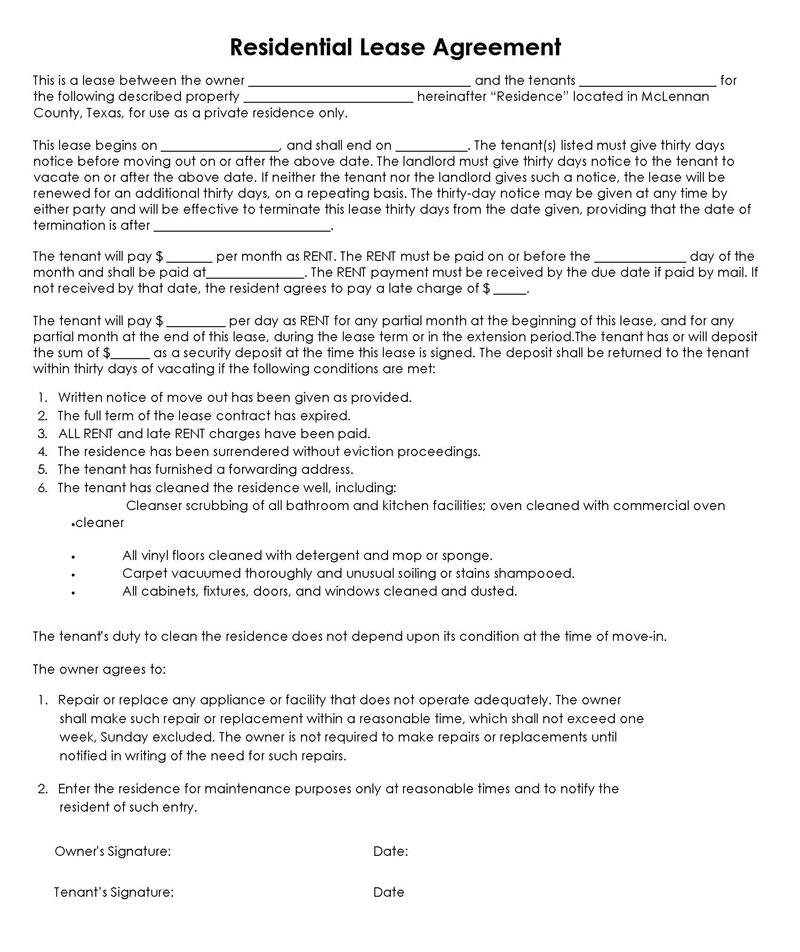
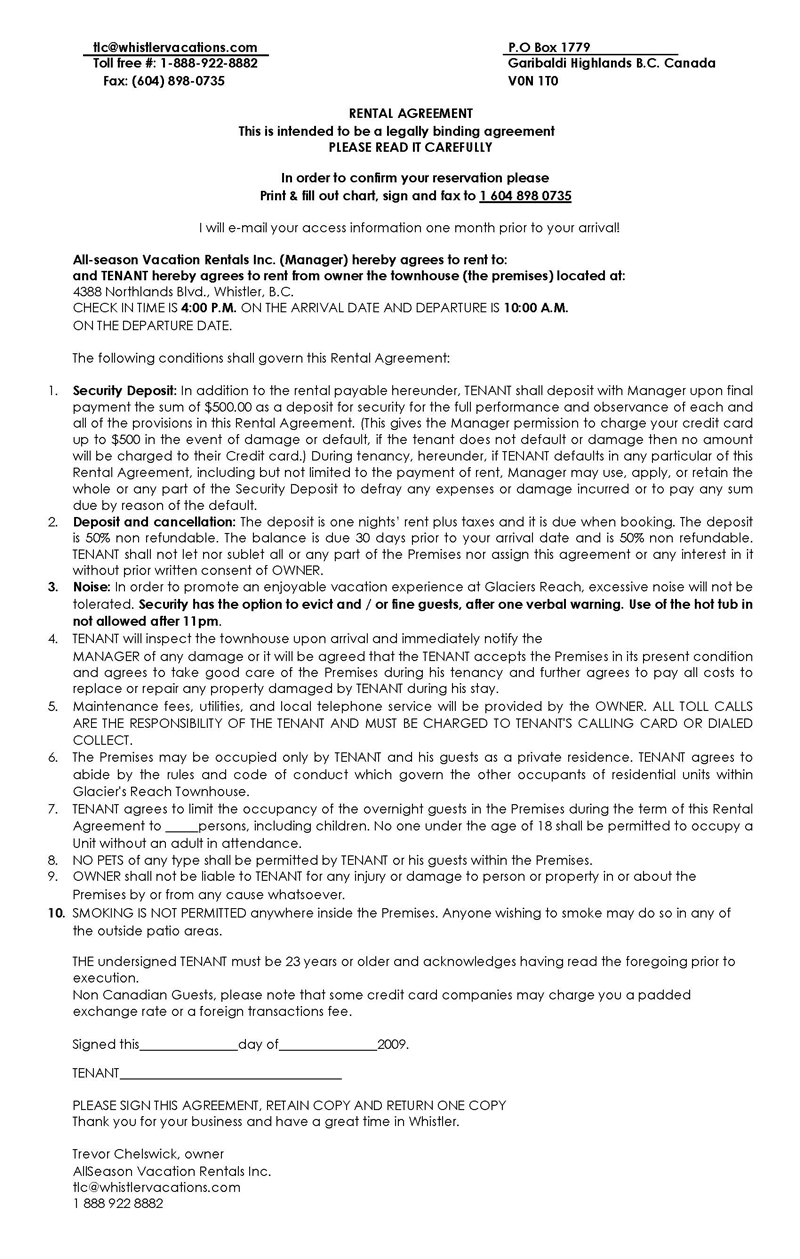
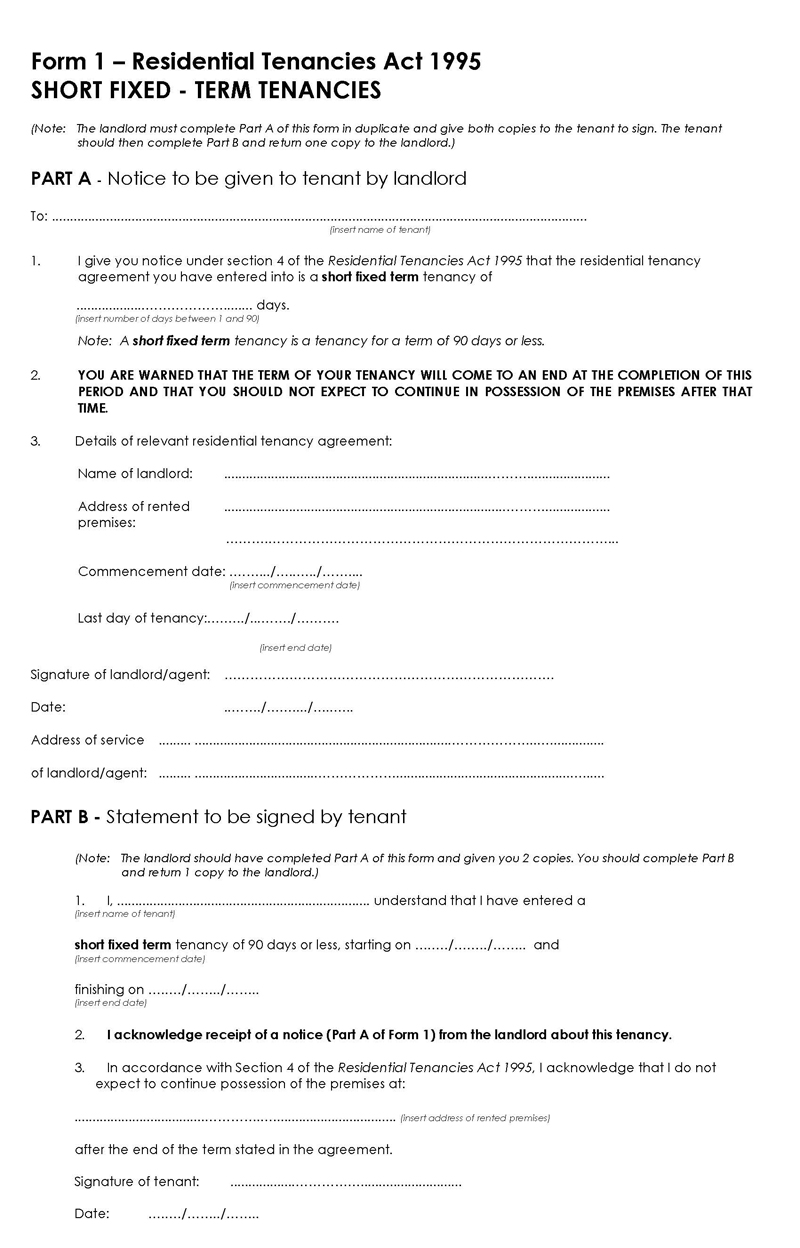
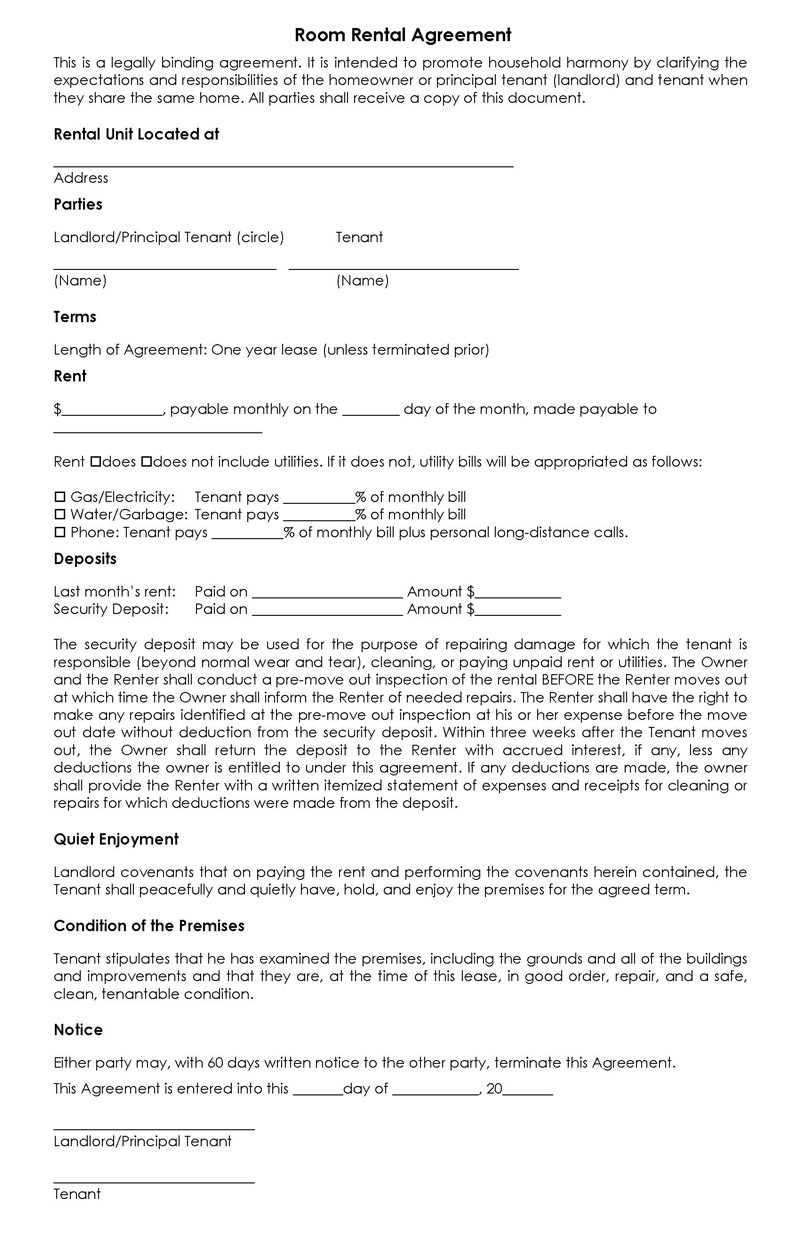
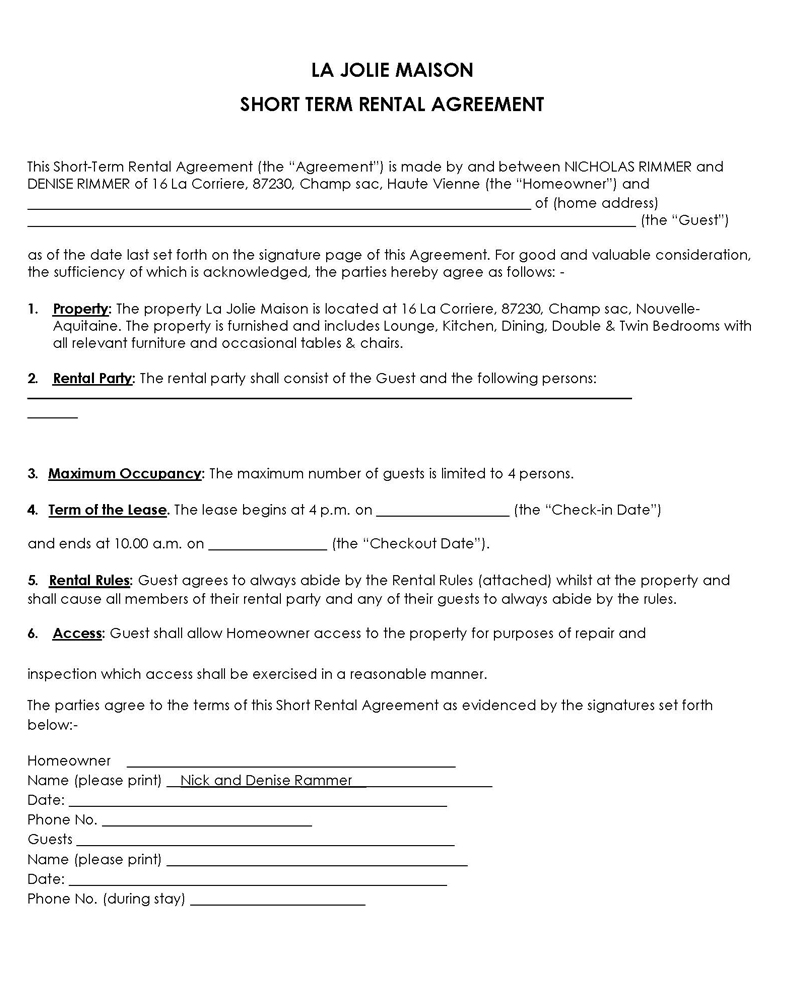
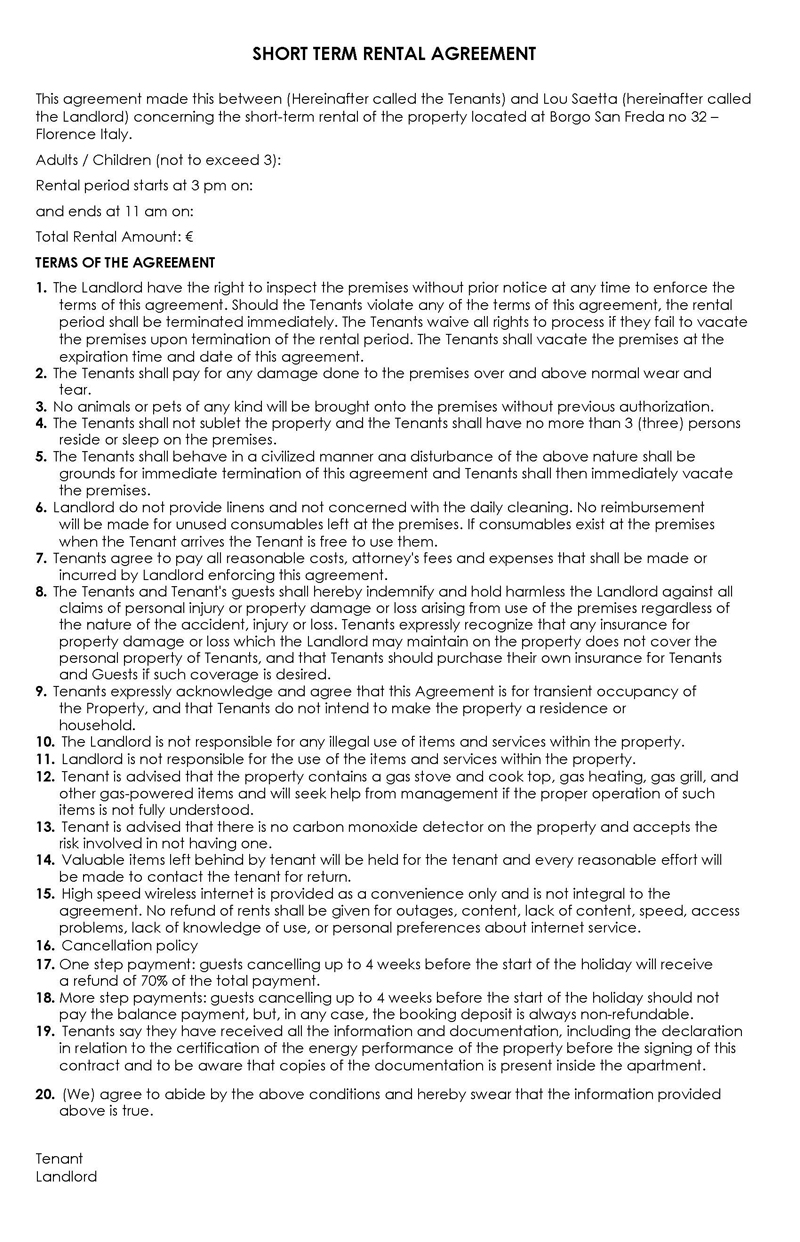
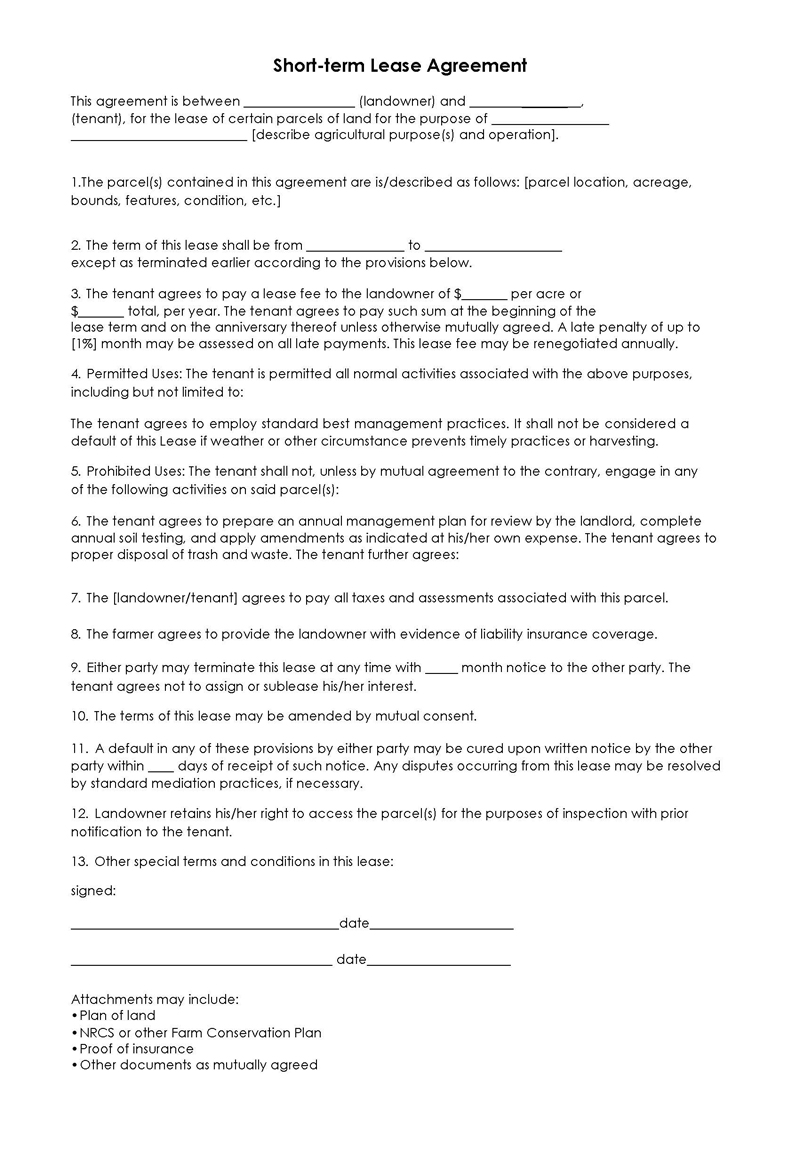
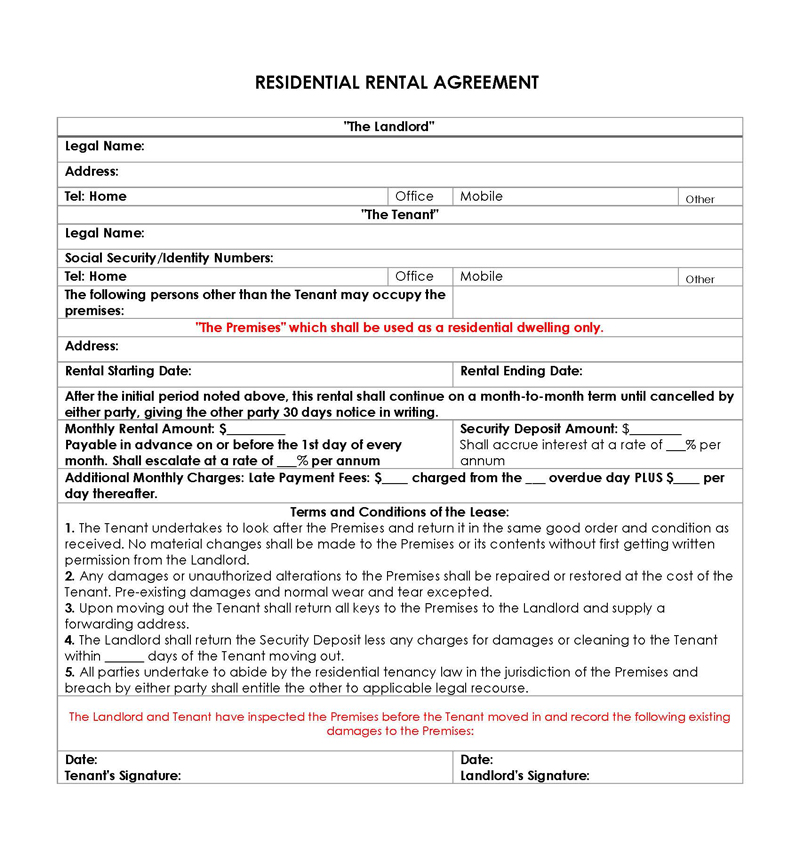
Frequently Asked Questions
A room rental agreement is used to rent a room within a house. The agreement outlines the terms of cohabitation, such as quiet hours, utility bill sharing, visitation hours, smoking, pets, and other associated terms, and states that only the room is being rented and not the entire premises. In addition, the tenant must pay a security deposit, and both parties must sign the agreement.
A landlord’s responsibilities are state specific, and they revolve around security deposits, evictions, and access to the premises during a tenant’s tenancy. The primary responsibilities are repairs and maintenance, respecting a tenant’s privilege to “quiet enjoyment, refunding the security deposit, and providing safety and cleanliness within the property.
The information that should be prioritized in a lease agreement includes identification information of the landlord and tenant, the rent amount, property description, lease term, security deposit, and signatures of the tenant and landlord. In addition, the agreement can include other relevant information associated with the lease.





